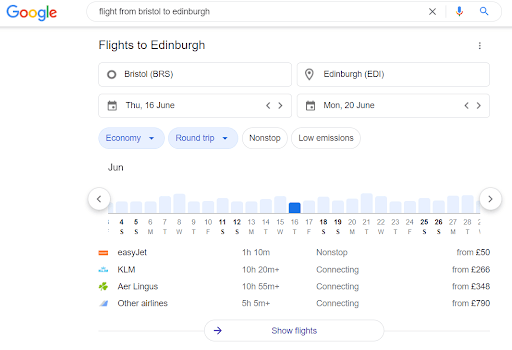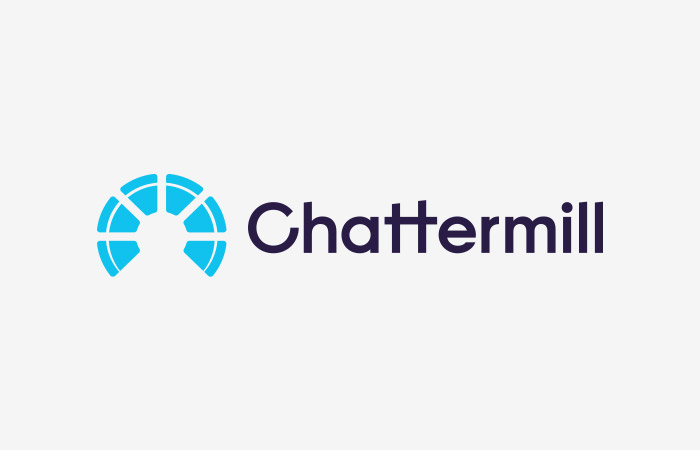Right now, consumers around the world are ordering takeaways with Deliveroo. They’re booking cabs with Uber. And they’re planning holidays with Skyscanner, Expedia, and Airbnb.
Two-sided marketplaces are everywhere.
And the sector continues to boom. OC&C predicts that retail marketplaces alone will grow as much as 15% annually between now and 2025.
The Coronavirus pandemic has had a big part to play. It forced many consumers to move to digital channels to buy products and seek services they had bought offline before Covid-19 hit. During the first six months of 2021, JustEat saw orders in the UK grow by 76% as customers turned to the service to get meals delivered during lockdown.
Of course, these orders weren’t just coming from new prospects. Customers were coming back to order, on average, more than three takeaways each month.
Scaling up and Beating the Competition
While there’s an opportunity for growth for two-sided marketplaces, competition between established brands is fierce, and emerging players continue to disrupt.
Customer retention is more crucial than it has ever been. But so too is seller retention. After all, the success of two-sided marketplaces depends on customers and sellers having an experience that is so good they choose your service over a competitor.
So how do two-sided marketplaces optimise the experience for both customers and sellers?
Unified Customer Intelligence.
Bringing the data together for all your types of users. Understanding their experiences, activities, and opinions – and being able to discern variations and similarities across shoppers, sellers, different demographics, where they live, and even smaller segments of your choosing.
Chattermill’s Unified Customer Intelligence platform helps two-sided marketplaces make sense of all this data.
It means you can optimise your CX and retain your users – whether they’re customers coming to you to shop for goods and services or the sellers trying to reach them.
Why is Customer Retention So Important?
In 2022, it’s far easier to encourage an existing customer to make a purchase than to acquire a new prospect.
We’ve found there’s around a 60% to 70% probability of selling to a returning customer, compared to just a 5%-20% probability of selling to a new one.
Things have been moving this way since before the Coronavirus pandemic caused consumers to change their shopping habits. This isn’t anything new.
Research from Profitwell back in 2019 found that customer acquisition costs across B2B and B2C companies grew by around 60% in the five years prior.

This is partly driven by the ever-growing competition for finite advertising real estate. The number of brands is growing and so too are their marketing budgets, but the number of places they can promote themselves – from OOH billboards to PPC ads – stays largely unchanged.
Additionally, key digital players are fighting to keep engagement within their walled gardens. Google is a case in point – as the platform evolves to solve more and more queries directly in the search engine results pages.
This is a challenge even for big-name two-sided marketplaces. For example, in the travel sector, brands like Skyscanner and Expedia now have to compete with Google’s own flight-booking service and other brands in their niche.

It’s easy to see why it has started to make more sense for brands to shift budgets and manpower to customer retention rather than customer acquisition in the past decade.
And since the pandemic, it has only become more critical for companies to optimise that stickiness – to provide a customer experience which keeps users coming back again and again.
Good CX Keeps Your Customers Coming Back
Across numerous sectors – from fintech to ride-sharing – customer experience is the key differentiator between brands. It’s what keeps consumers returning.
This sentiment was echoed in our recent interview with Emily Estes of US-based home services marketplace Thumbtack:
“I’m a strong believer that for loyalty, retention and satisfaction, the differentiator comes in the service experience. So it’s about gaining the voice of the customer, understanding what they need and then being able to communicate it to both sides.”
At Chattermill, we’ve found that 94% of customers who rate a brand’s CX as ‘very good’ are very likely to repurchase from that company.
So what goes into a good customer experience today?
In recent years, efficiency, choice, and a wider range of fulfilment and payment options have been key CX growth areas. Personalisation is also crucial, with 33% of customers saying they will abandon a brand that doesn’t offer a sufficiently personalised experience.
Personalising experiences for the wide range of buyers on an eCommerce platform is a challenge in and of itself. It requires a tonne of data from many disparate sources. But of course, two-sided marketplaces have the experience of sellers on the platform to consider too.
This underlines just how crucial Unified Customer Intelligence is. What use is this data from these different sides of your business if it sits in silos?
Increasing Customer Retention with Chattermill – It All Starts with the Data
In this era of big data, companies are swimming in the stuff. Two-sided marketplaces are no different – engaging with many users across multiple touchpoints.
Customer feedback data. Customer support data. Chatbot conversations. App reviews. All are useful in their own right.
But when they are brought together – or unified – in our platform and analysed using AI, you can get an even more comprehensive understanding of the experiences your users are having, the friction they encounter, the sentiment behind what customers say, and any issues that need to be addressed.
Observing any pain points in real-time means you can be on the front foot for setting things right.
Don’t Just Concern Yourself With the Hard Numbers
Chattermill believes that the voice of the customer is integral to improving CX and boosting customer retention.
This is where consumer feedback is so essential.
For example, free text responses – like what we might see in post-purchase surveys – need automated processing and analysing to be useful alongside more traditional number metrics.
Our Unified Customer Intelligence platform uses AI to analyse this unstructured feedback text, and provides the intelligence you need to visualise, analyse and act upon it.
AI and automation within the platform are also crucial for fast-growing companies and those operating at scale. Without it, you’ll need to hire more in-demand data analysts, all of whom bring their own confusing biases, something AI thankfully avoids.
Two-sided Marketplaces Need a Unified Approach to CX
It can be challenging to achieve exceptional CX for both buyers and sellers.
These two groups may have different reasons for using your platform in two-sided marketplaces. They might have completely different priorities regarding what they want and expect from their own user experience.
They may also be engaging with you in different places, on other channels, and perhaps taking different paths to get to you.
But the data from these two groups should not reside in silos. Both impact your business.
Chattermill gives two-sided marketplaces a fully comprehensive view of users. You can see what's working and what isn't from the perspectives of both groups – ensuring that one side of the userbase isn’t being overlooked.
After all, it doesn’t matter how fantastic the CX of the buyer’s side of the platform is if the sellers' side is lacking, causing that part of your userbase to churn.
Your buyers and sellers need each other. And they need each other to be having a fantastic experience – boosting the likelihood that they will be returning again and again to keep the ecosystem which is your two-sided marketplace flourishing.







.jpg)